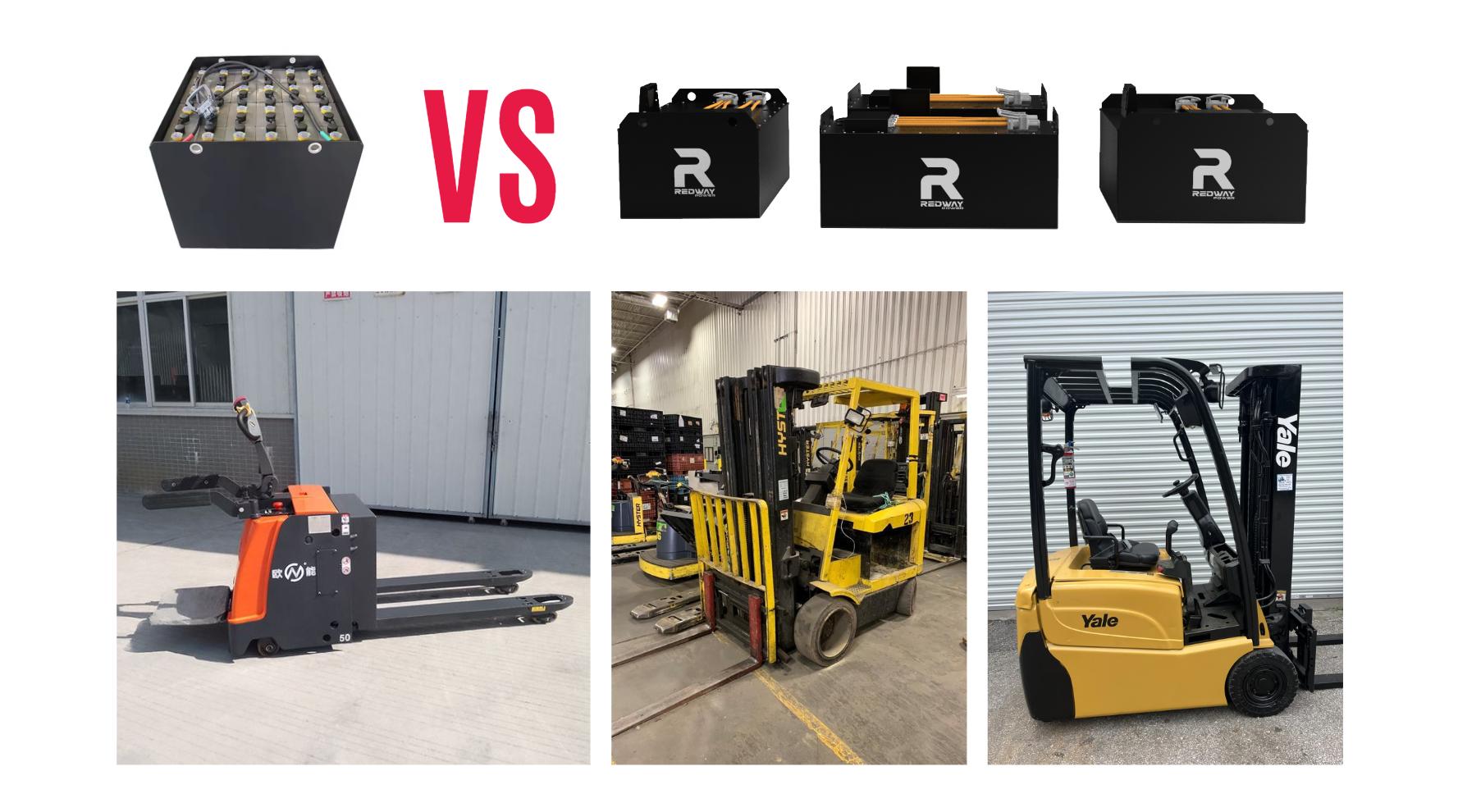Lead-acid batteries demand rigorous upkeep – users must monitor electrolyte levels every 2-4 weeks and top up with distilled water to prevent plate exposure. Corroded terminals require quarterly cleaning with baking soda solutions to maintain conductivity. Equalization charges (15.5V bursts for 2-8 hours) are needed monthly to balance cell voltages, a process that accelerates water loss by 20-30%.
48V 280Ah Lithium Forklift Battery
Lithium batteries eliminate these chores through sealed architectures and precision battery management systems (BMS). The BMS automatically balances cells within 0.01V tolerance, prevents overcharge/over-discharge, and monitors temperature. This makes lithium ideal for inaccessible installations like offshore buoys or mountain-top telecom stations where maintenance crews visit only annually.
| Maintenance Task | Lead-Acid Frequency | Lithium Frequency |
|---|---|---|
| Fluid Refill | Monthly | Never |
| Terminal Cleaning | Quarterly | Never |
| Voltage Equalization | Monthly | Automatic |
Which Performs Better in Extreme Temperatures?
Lithium batteries maintain 85% capacity at -20°C when equipped with self-heating systems that activate below 5°C. These systems draw 3-5% battery power to warm cells before charging – crucial for EV owners in Nordic regions. In desert heat (60°C), lithium’s organic electrolytes resist evaporation better than lead-acid’s water-based solutions.
72V 300Ah Lithium Forklift Battery
Lead-acid batteries suffer permanent capacity loss below -10°C as sulfuric acid crystallizes. At 35°C+, they lose 1% capacity monthly through accelerated grid corrosion. Industrial users in temperature-volatile regions report lithium packs lasting 3x longer than lead-acid equivalents under identical thermal stress.
| Temperature | Lithium Capacity | Lead-Acid Capacity |
|---|---|---|
| -20°C | 85% (with heating) | 40% |
| 25°C | 100% | 100% |
| 60°C | 95% | 65% |
FAQ
- Q: Can I replace lead-acid with lithium without changing my inverter?
- A: Only if your inverter supports lithium’s voltage range. Most lead-acid inverters cut off at 10.5V, while lithium drains to 10V, risking premature shutdown.
- Q: Do lithium batteries work with solar panels?
- A: Yes, and they outperform lead-acid by storing 20-30% more solar energy due to higher efficiency.
- Q: Are lithium batteries allowed on airplanes?
- A: Only if under 100Wh (e.g., 20,000mAh power banks). Larger lithium batteries require ground shipping due to fire risks.
Know more:
Why Are Lithium-Ion Forklift Batteries Revolutionizing Material Handling?
What Are the Best Energy Storage Solutions for Material Handling?
What Are Industrial Battery Management Systems (BMS) and Why Are They Critical
What Are the Optimal Forklift Battery Charging Solutions for Industrial Efficiency?
Which Battery Is Better: Lithium or Lead-Acid?
How Can Warehouses Transition to Sustainable Power Solutions?



